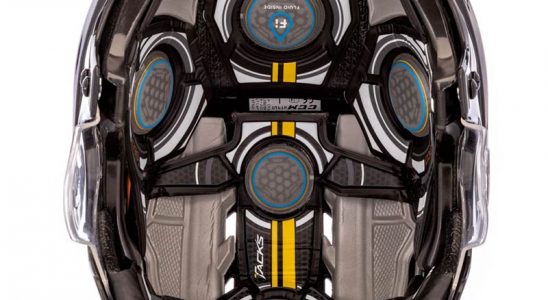Realities and Truth – The Real Story of Soccer Concussions and Heading
Soccer concussions don't come from heading the ball as much as you'd think. Read about soccer concussion myths, facts, prevention,…
Read More
As a young person, we were taught that stretching before and after activity is something that will help us reduce injury, including sprains and strains. The intent of the stretching was to better prepare us for activity (when done before) and allow for muscle recovery afterward. The age old processes continue to occur, however, a significant body of literature is forming that suggests that the old tried and true methodology may not be, in fact, all that helpful.
Over the past couple of decades sports science, human biochemistry and metabolism have developed at a rate which is difficult for even seasoned professionals to keep up with. As practitioners who work in the world of human movement and performance, it is becoming more and more evident that there is a dawn of a new recovery era. Not only is there a significant amount of research being completed on physical recovery, but there is increasing interest on how cognitive recovery can be implemented to improve athletic performance.
Traditionally, physical recovery relied on stretching to help muscle recovery from movement. This simplistic model evolved from static stretching to include dynamic and ballistic stretching. With advances in neurology, biomechanics and orthopaedics, basic single joint stretching patterns that we have been taught in elementary school have evolved. The active community now engages professionals trained in kinesiology and medicine to identify movement patterns and bio-mechanical asymmetries to allow for corrective mobility exercises that are functional in nature and are specific to an individual and the activity in which they participate. Recovery from exercise now should integrate biochemistry, metabolism, hematology, neurology, biomechanics, kinesiology and kinematics as there is a body of literature delineating the effects of nutritional, mechanical and energy applications to the body after exercise. With the availability of new consumer technologies, such as compression and percussion therapies, there is opportunity for a consumer to utilize these therapies to better prepare themselves for their next bout of activity. There are also now professionals who can assist in facilitating recovery through movement and establishing functional recovery patterns. As practitioners of rehabilitative medicine, it has long been a goal of ours to identify means of helping athletes and active individuals not get injured in the first place – recovery science is this sphere.
Beyond the physical load put on the body by activity, there are also neurologic stressors that are part of being active. Each person activates their nervous system in complex (yet relatively predictable) ways. Your body is designed to function in a balanced state called homeostasis. This balance is necessary in both biochemistry and neurology. As previously discussed, biochemistry may be influence in physical recovery. Neurology, on the other hand, needs to be addressed very differently. The means in which each section of our brain functions influences the capacity of our brain to manage stressors in our environment. If our brain does not recovery from a stressor (like physical activity) we are not fully prepared for our next bout of exercise. It is becoming more apparent that there is an intimate relationship between physical and cognitive performance. And under certain circumstances cognitive load plays a more important role in performance than physical (think about a biathlete on the shooting range). With advances in cognitive sciences there is now potential to institute cognitive recovery as part of our ongoing mission to improve personal performance. Validated biofeedback tools can now allow athletes to balance their autonomic nervous system, leading to improvement in a variety of markers (one being improved sleep) that can ultimately influence performance.
There has been a tremendous evolution of recovery sciences and as such, we should all consider straying away from our static stretching exercises that we have been doing (or at least supposed to be doing) since we were kids. Through the implementation of current science and available technologies active individuals with any level of ability can improve the speed at which they recover from living an active life.
Soccer concussions don't come from heading the ball as much as you'd think. Read about soccer concussion myths, facts, prevention,…
Read MoreIn today's fast-paced world, being a young and active woman often means juggling multiple responsibilities, from career ambitions to personal…
Read More
Hockey, a high-energy sport combining skill and strength, has witnessed an increased focus on player safety in recent years. The…
Read More